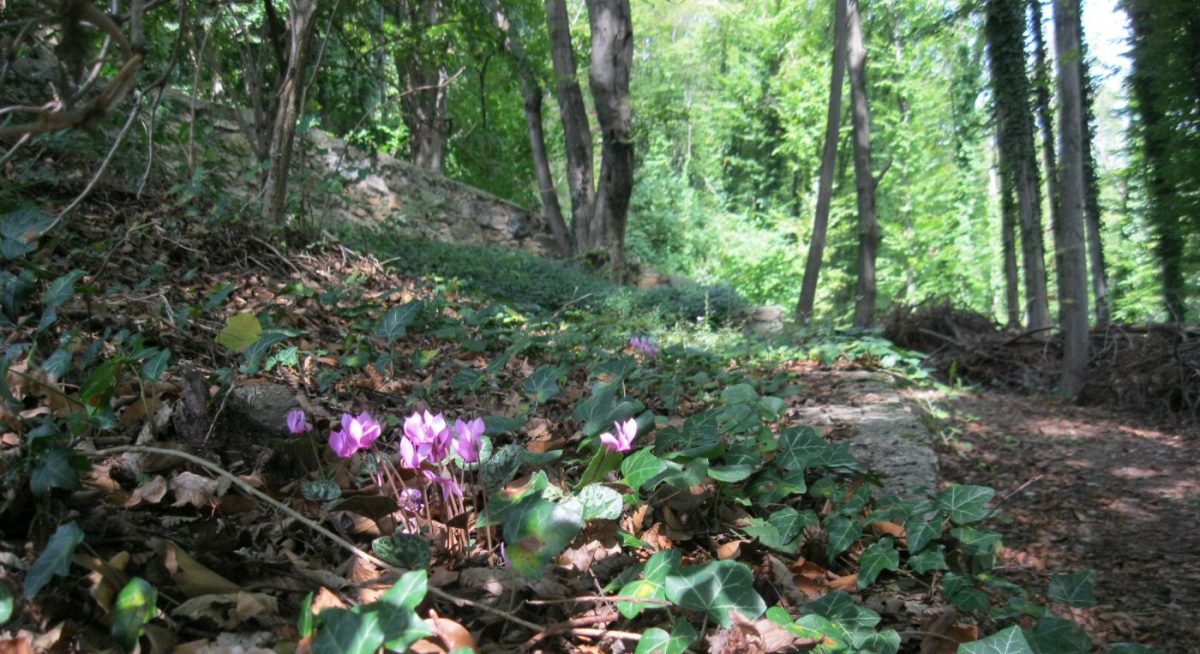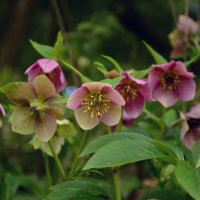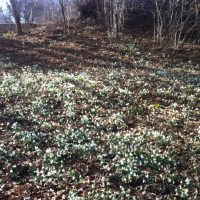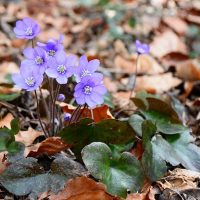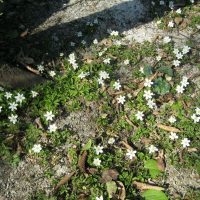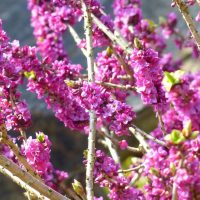Skip to content
I approached the challenge of designing an open, light-permeable woodland garden by trying to tame the wild form of the existing woodland, which was predominantly European beech (Fagus sylvatica), while aiming to maintain an authentic impression of nature through the careful selection and maintenance of the undergrowth.
This beech forest contains several very old wild service trees, also known as chequer trees (Sorbus torminalis). The woodland garden is reached by a historic serpentine path, which leads to a welcoming gloriette.
Existing plants included cyclamen (Cyclamen), European wild ginger (Asarum europaeum), snowdrops (Galanthus), wood anemones (Anemone nemorosa), liverwort (Hepatica nobilis), cyclamen (Cyclamen purpurascens), crane’s-bill (Geranium), wood ferns (Dryopteris), violet leaf, perennial honesty (Lunaria rediviva) and annual honesty (Lunaria annua), dogtooth violets (Dens canis), black hellebore (Helleborus niger), Solomon’s seal, also known as David’s harp (Polygonatum multiflorum), spring pea (Lathyrus verna), coltsfoot (Tussilago farfara) and February daphne (Daphne mezereum).
These lovely, delicate flowers were preserved and specific measures taken to encourage them to spread. They bloom in their thousands at different times over the year, producing a spectacular show of colours.
Other gardens: Schlosspark Hornegg, Lindenhaus, Mediterraner Garten, Planetengarten Eggenberg
Bei Tulpen bevorzuge ich die langstieligen, die in ihrer Eleganz unübertroffen sind. Tulipa Purissima ist ein solches Beispiel. Besonders schön sind ihre weißen Blütenblätter, die sich tief im Blütenkelch in einen Hauch von Gelb verfärben.

Abelonemuschel

Agame
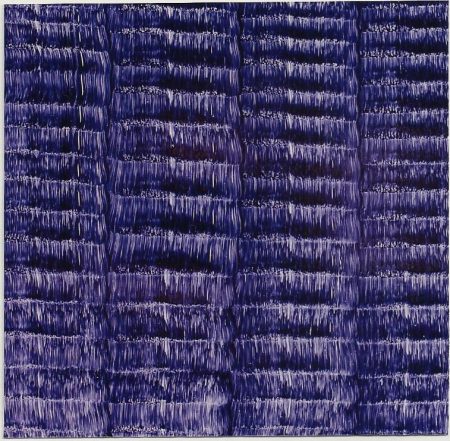
Blauer Karakul
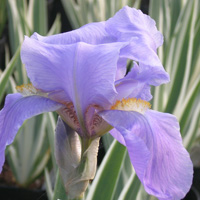
Die schönste aller Schwertlilien ist für mich die Dalmatinische, auch Bleiche Iris genannt. Im Vergleich zu ihren Artgenossinnen ist sie im Erscheinungsbild ihrer Blüten von vornehmer Zurückhaltung.
Ihr Blühend-Duftenden, wohin ist euer Duft entschwunden? Ich muss leider immer wieder die Erfahrung machen, dass Neupflanzungen mit altbekannten Duftpflanzen wie Reseda (Reseda odorata L.), Zyclamen (Cyclamen), Nachtviolen (Hesperis matronalis), Philadelphus, Seidelbast (Daphne mezereum), Flieder (Syringa), Ölweide (Elaeagnus commutata), Traubenkirsche (Prunus padus), Linden (Tilia) kaum mehr duften. Hingegen verströmen die Alteingesessenen einen betörenden Duft.
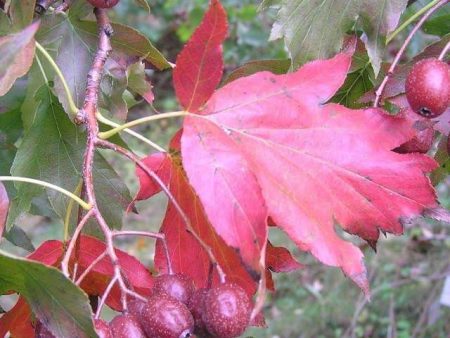
Die Elsbeere (Sorbus torminalis), als Heilpflanze nicht mehr bekannt und als Obstbaum verschmäht, ist in Vergessenheit geraten. Nur in der Most- und Branntweinherstellung hatte die Frucht stets Bedeutung, wie auch das Holz bei Instrumentenbauern immer beliebt war. Ihr Blatt ist unverwechselbar und erfreut durch atemberaubende Herbstverfärbung.

Verstellbares Flaschenregal mit Wellen-Boden aus rostfreiem Stahl.
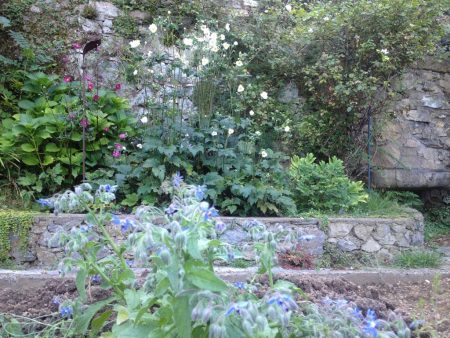
Im Gemüsegarten sollten Gewürzpflanzen und Heilkräuter nicht fehlen. Für mich sollte es kein geschlossenes Kräutergärtlein sein; die Kräuter sollten als duftende wie dekorative Zwischenpflanzungen genutzt werden. Reizvoll sind vor allem jene Kräuter, die sich selbst aussäen. Das sind beispielsweise Bohnenkraut (Satureja) und Borretsch (Borago officinalis) – mein absoluter Liebling: Dieser wird nicht mehr als Heilpflanze genutzt sondern erfreut als Bienen- und Augenweide. Seine Blütenköpfchen, immer sittsam gesenkt, anmutig zurückhaltend. Im Volksmund wird Borretsch daher auch Blauhimmelstern, Herzfreude und Liebäuglein genannt.
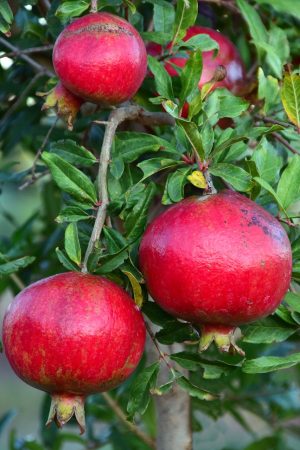
Granatäpfel, edle Weinreben, Quitten und echte Feigen bereichern mit ihren köstlichen Früchten den mediteranen Garten.
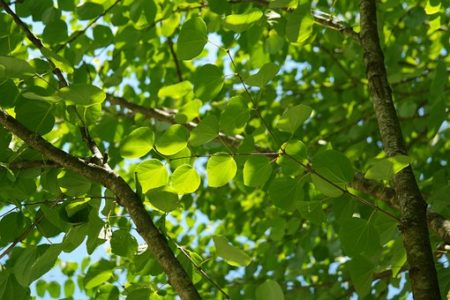
Der Lebkuchenbaum zeigt sich nicht nur des Caramel- Duftes seines herbstverfärbenden Laubes wegen von einer wahrlich betörenden Seite: seine herzförmigen Blätter tanzen, langstielig jeden Windhauch nutzend, auf einem schönwüchsigen Baum, dessen Habitus Freude und Fröhlichkeit vermittelt.
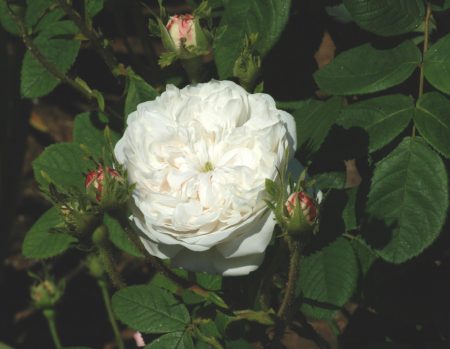
Meine Lieblingsrosen sind Gloire de Dijon, als Teerosen-Abkömmling zerbrechlich und von blasser Schönheit, manchmal im fahlen Hautton mit einem Hauch von Rouge.
Madame Hardy, eine alte Damaszener-Rose, erscheint in strahlendem Weiß und duftet betörend. Das Zentrum ihrer Blüten verblüfft in Maien-Grün.
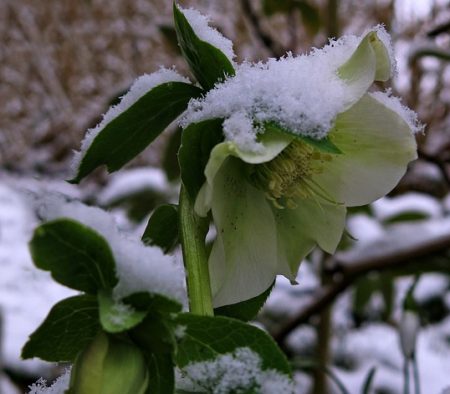
Ich liebe Schneerosen: Im Waldgarten ist es die heimische Schneerose (Helleborus niger), die feengleich in ihrer frühen weißen Zerbrechlichkeit bezaubert, während die orientalischen Schönheiten (Helleborus orientalis) in ihrer nuancenreichen Farbenpracht im gestalteten Bereich berauschen.
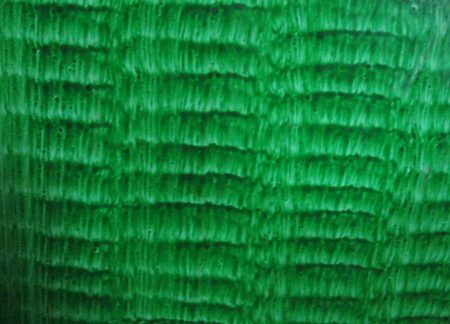
Smaragdeidechse
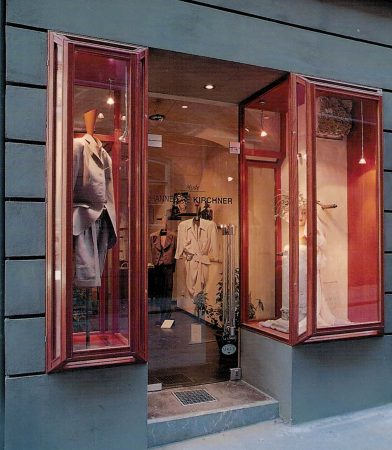
Die beiden Vitrinen, deren Form einem Edelstein-Schliff nachempfunden wurde, treten aus der Fassade heraus und erhellen und beleben in ihrem leuchtenden Rot eine dunkle Gasse.
Meine Farbgestaltung von Innenräumen bezieht immer wieder auch den Ausblick in die Natur mit ein. So habe ich ausgehend von einem Blutahorn (Acer platanoides ´Crimson King´) den Salon eines eleganten Hauses in einen Farbenrausch aus Granatrot, Gold und Kupfer getaucht.
Seine Zierde zeigt sich im Überwachsen von Mauern oder bodendeckend im Waldgarten, aber vor allem, wenn er sich um einen Baumstrunk schlingend zu Riesenbüschen oder baumartig entfalten kann. Seine überreiche Blüte, die er erst nach vielen Jahren seines Wachsens bildet, bietet spät im Blütenjahr eine wundervolle und für die Bienen oft überlebensnotwendige Weide.
Die Elsbeere (Sorbus torminalis), als Heilpflanze nicht mehr bekannt und als Obstbaum verschmäht ist in Vergessenheit geraten. Nur in der Branntweinherstellung hatte die Frucht stets Bedeutung, wie auch das Holz bei Instrumentenbauern immer beliebt war. Ihr Blatt ist unverwechselbar und erfreut durch atemberaubende Herbstverfärbung.
Im Gemüsegarten sollten Gewürz- und Heilkräuter nicht fehlen. Für mich sollte es kein geschlossenes Kräutergärtlein sein; die Kräuter sollten als duftende wie dekorative Zwischenpflanzungen genutzt werden. Reizvoll sind vor allem jene Kräuter, die sich selbst aussäen. Das sind beispielsweise Bohnenkraut (Satureja) und Borretsch (Borago officinalis) – mein absoluter Liebling: Dieser wird nicht mehr als Heilpflanze genutzt sondern erfreut als Bienen- und Augenweide. Seine Blütenköpfchen, immer sittsam gesenkt, anmutig zurückhaltend. Im Volksmund wird Borretsch daher auch Blauhimmelstern, Herzfreude und Liebäuglein genannt.
Ein Garten benötigt Wasser als Lebenselixier aber auch als Gestaltungselement. Sei es als spiegelnde Fläche oder Wellenbewegung, vor allem aber als Klangmotivation im Rauschen, Plätschern, Säuseln, Murmeln.
Jupiter steht für die Fülle der Natur, verschwenderisch großzügig und prahlerisch in Reichtum, Überfluss, Leichtsinn. Er steht auch für Glück und Erfolg.
Seine Pflanzen sind üppige, großblumige Gewächse wie Pfingstrosen und Rhododendren, Laubbäume auch großblättrige mit prächtigen Früchten wie Kastanien und Magnolien, oder beeindruckende Herbstfärbung wie Ahorn und Amber.
Der Katsura Baum zeigt sich nicht nur des Karamel- Duftes seines herbstverfärbenden Laubes wegen von einer wahrlich betörenden Seite: seine herzförmigen Blätter tanzen, langstielig jeden Hauch nutzend, auf einem schönwüchsigen Baum, dessen Habitus Freude und Fröhlichkeit vermittelt.
Mars vertritt den männlich-aggressiven Teil in der Planetensymbolik. Er steht für Energie, Wille, Kampf, Mut, Aktion.
Dornige, brennende Gewächse, die einen scharfen Geschmack oder Geruch haben, werden ihm zugeordnet.
Merkur hat die Mittlerrolle zwischen den verschiedenen Elementen des Planetensystems inne und steht für Geist, Intellekt, Bewegung, Schnelligkeit und Jugend.
Kleine, schlanke, schnell und unscheinbar wachsende Gewächse werden ihm zugeordnet, früh blühende Pflanzen wie Leberblümchen und Buschwindröschen, sich im Wind bewegende wie Getreide und Gras, Espen und Pappeln.
Der Mond ist die weibliche Herrscherin der Nacht. Sie assoziiert auch Mutter, Unschuld, Seele, Phantasie, Traum, Wasser.
Mond-Pflanzen: Seerosen, Mondviolen, Lilien, Veilchen, Funkien, Artemisia (nach Mondgöttin Artemis benannt), Frauenmantel, Blumen die im Dunkel duften.
Meine Lieblingssorten sind Gloire de Dijon, als Teerosen-Abkömmling zerbrechlich und von blasser Schönheit, manchmal im fahlen Hautton mit einem Hauch von Rouge.
Madame Hardy, eine alte Damaszener-Rose, erscheint in strahlendem Weiß und duftet betörend. Das Zentrum ihrer Blüten verblüfft in Maien-Grün.
Saturn als Herr über die Zeit vertritt die Melancholie. Das Starre, Kalte wird seinem Wesen zugeordnet, aber auch Konzentration, Beschränkung, Ordnung, Mathematik, System und Struktur.
Seine Pflanzenwelt ist immergrün und ausdauernd, langsam wachsende aber langlebige Gewächse wie Buchsbaum, Eibe, Wacholder, auch Efeu, Stechpalme und Zypressen.
Ich liebe Schneerosen: Im Waldgarten ist es die heimische Schneerose (Helleborus niger), die feengleich in ihrer frühen weißen Zerbrechlichkeit bezaubert, während die orientalischen Schönheiten (Helleborus orientalis) in ihrer nuancenreichen Farbenpracht im gestalteten Bereich berauschen.
Der Speierling (Sorbus domestica) ist als Wildobstbaum eine Baumrarität und der Einzelgänger unter den Sorbus-Gewächsen. Er ist sehr empfindlich, langsam wachsend, licht- und wärmebedürftig, doch überzeugend in seiner Schönheit. Seine Früchte werden in der Heilmedizin verwendet und geben beigemengt dem Apfelmost ein besonderes Aroma. Schon in der Antike war der Baum geschätzt und im Mittelalter ein wichtiges Kulturgehölz. Bis heute ist sein Holz sehr gefragt, vor allem von Drechslern, Bildhauern und Tischlern. Heute ist er eine Seltenheit und sein weiteres Gedeihen in Europa von wissenden Pflanzenfreunden abhängig.
Venus verkörpert das weibliche Prinzip, Schönheit, Frieden, Harmonie, Liebe und Lust, Kunst, Musik, Luxus und Glanz.
Ihr zugeordnete Pflanzen sind blühende, duftende Blumen wie Rose, Myrte, Jasmin, Flieder. Ihre Liebessymbole: Apfel, Maiglöckchen, duftende Kräuter, Rosmarin und Lavendel.
